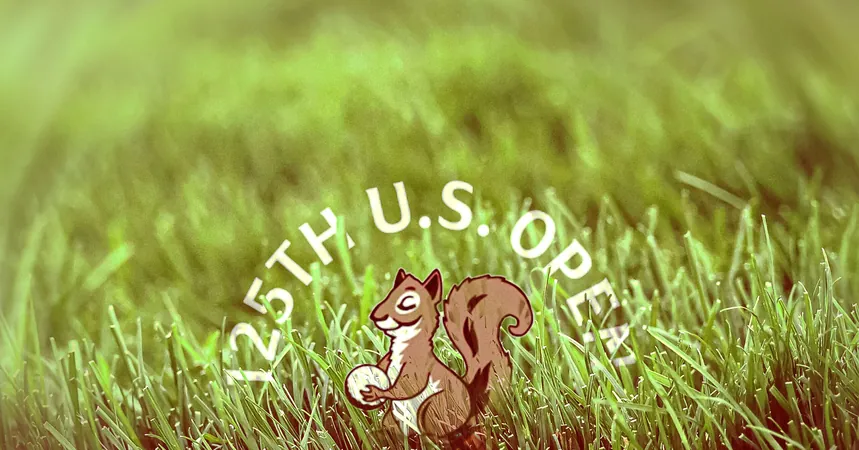
Shocking Revelation: Humans Are a Product of Ancient Genetic Fusion!
2025-05-11
Author: Ken Lee
A Groundbreaking Revelation in Human Evolution
In a stunning twist that challenges everything we thought we knew, scientists have unveiled that Homo sapiens—our very own species—didn't just descend from one ancestral line but rather emerged from a complex genetic fusion between two distinct populations. This revelation, stemming from pivotal research by the University of Cambridge and the University of Wisconsin-Madison, radically shakes the foundations of human ancestry and reveals that significant genetic exchanges took place long before we ventured out of Africa.
Unraveling the Tapestry of Human Ancestry
For years, researchers viewed human evolution as a straightforward branching tree. But new genetic evidence suggests a much more intricate story. Instead of neatly evolving in isolated paths, our DNA tells a tale of interbreeding among diverse human groups, igniting curiosity about which specific populations were involved in shaping humanity's genetic landscape.
The Astonishing Findings of the Latest Study
Published in the prestigious journal Nature, recent studies reveal that nearly 20% of our genetic makeup can be traced back to a now-extinct population that diverged from its cousins about 1.5 million years ago. After wandering their separate ways for ages, these populations mysteriously reunited about 300,000 years ago, intertwining their genes and forever altering the trajectory of modern humans.
The Enigma of the 'Ghost Species'
The notion of a 'ghost species'—an unknown group theorized to have interbred with early humans—has been a topic of debate among scientists. But recent insights challenge this idea. Aaron Ragsdale from the University of Wisconsin-Madison argues that early human groups were dynamic, often splitting apart and merging back together, which explains the rich genetic diversity we see today without the need for an elusive ghostly ancestor.
The Impact of Ancient Genetic Fusions on Us Today
These groundbreaking findings suggest that two major genetic fusions shaped the evolution of modern human populations. The first, around 120,000 years ago, gave rise to the Khoisan people of southern Africa, known for their unmatched genetic diversity. The second fusion, approximately 100,000 years ago, contributed to the formation of various populations across Western and Eastern Africa, many of which migrated out of Africa, populating other continents.
Changing Our Understanding of the Evolutionary Tree
Gone are the days of viewing human evolution as a simple branching tree. New models indicate a more dynamic and interconnected network of diverse populations, all intermingling regularly. This revelation complicates how we interpret ancient fossil findings in Africa, which no longer need to be attributed to mysterious ghost species. As Chris Stringer, a leading paleoanthropologist, points out, if interbreeding occurred, the mark it left on our genes would be evident today.
This new perspective invites us to appreciate the complexity of our ancestry and the remarkable journey that has led to our existence as Homo sapiens.




 Brasil (PT)
Brasil (PT)
 Canada (EN)
Canada (EN)
 Chile (ES)
Chile (ES)
 Česko (CS)
Česko (CS)
 대한민국 (KO)
대한민국 (KO)
 España (ES)
España (ES)
 France (FR)
France (FR)
 Hong Kong (EN)
Hong Kong (EN)
 Italia (IT)
Italia (IT)
 日本 (JA)
日本 (JA)
 Magyarország (HU)
Magyarország (HU)
 Norge (NO)
Norge (NO)
 Polska (PL)
Polska (PL)
 Schweiz (DE)
Schweiz (DE)
 Singapore (EN)
Singapore (EN)
 Sverige (SV)
Sverige (SV)
 Suomi (FI)
Suomi (FI)
 Türkiye (TR)
Türkiye (TR)
 الإمارات العربية المتحدة (AR)
الإمارات العربية المتحدة (AR)